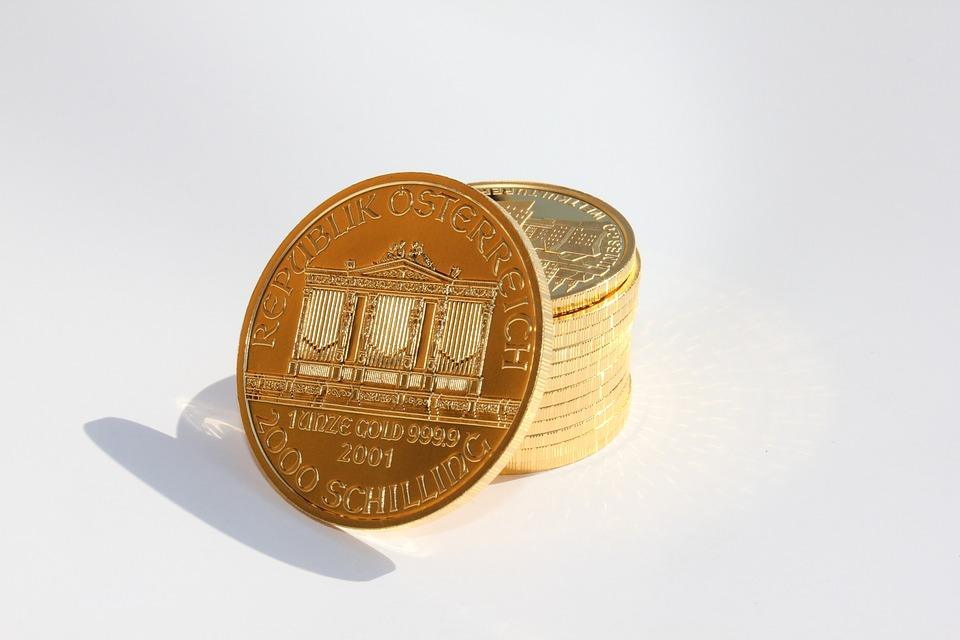The Beauty of Toning: How Coins Acquire Their Unique Patina

The Beauty of Toning: How Coins Acquire Their Unique Patina
When it comes to collecting coins, many enthusiasts focus on the metal content, mint marks, and design elements. However, a crucial aspect of a coin’s overall appeal lies in its toning – the subtle, often mesmerizing colors that develop over time. In this article, we’ll delve into the fascinating world of toning, exploring how coins acquire their unique patina and why it’s an essential aspect of numismatics.
What is toning?
Toning refers to the natural process of oxidation that occurs on the surface of coins, causing them to develop distinct colors, hues, and shades. This phenomenon is a result of the interaction between the metal alloy, environmental factors, and chemical reactions. Toning can occur on coins of any metal composition, including copper, silver, gold, and even base metals.
How do coins acquire their toning?
The toning process is a complex and intricate process that involves several factors:
- Oxidation: When a coin is exposed to air, moisture, and humidity, the metal reacts with oxygen, leading to the formation of oxides. These oxides can cause the metal to change color, resulting in a range of hues from reddish-brown to bluish-green.
- Acidic and alkaline environments: Coins that are stored in acidic or alkaline environments, such as those with high levels of sulfur or nitrogen, can develop unique toning patterns. For example, coins stored in a sulfur-rich environment may exhibit a reddish or orange tint.
- Environmental conditions: Temperature, humidity, and light exposure all play a role in shaping the toning process. Coins stored in hot, dry environments may develop a darker, more muted patina, while those exposed to high humidity may display brighter, more vibrant colors.
- Metal composition: The type and composition of the metal used in the coin’s production can also influence the toning process. For example, copper coins tend to develop a reddish patina, while silver coins may exhibit a bluish or grayish hue.
Types of toning
There are several types of toning that coins can exhibit, each with its own unique characteristics:
- Red toning: A reddish or orange hue that can occur on copper or bronze coins.
- Blue toning: A bluish or grayish patina that can appear on silver or copper coins.
- Gold toning: A golden or yellowish hue that can develop on coins made from gold or gold alloys.
- Rose toning: A pinkish or reddish-orange patina that can occur on copper or bronze coins.
The beauty of toning
Toning is not only a natural process but also an integral part of a coin’s beauty and character. A well-toned coin can be a true work of art, with its subtle colors and hues adding depth and dimension to the overall design. Many collectors seek out coins with unique toning patterns, as these can greatly enhance the coin’s aesthetic appeal.
Conclusion
Toning is an essential aspect of coin collecting, adding a layer of complexity and beauty to the numismatic experience. By understanding the factors that contribute to toning, collectors can appreciate the intricate processes that shape the appearance of their coins. Whether you’re a seasoned numismatist or a newcomer to the hobby, the beauty of toning is sure to captivate and inspire.







